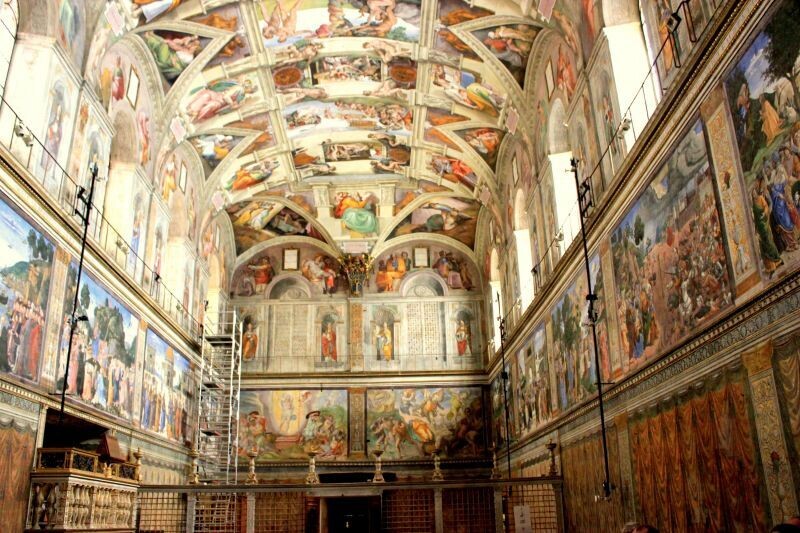
Recently, a scientific discovery revealed an unexpected detail in one of Michelangelo's works in the frescoes of the Sistine Chapel, suggesting a deeper and more symbolic medical knowledge than previously thought. The artist, inspired by his experiences in dissections, sought to represent the human body with precision, integrating hidden messages that reflect his study of anatomy and his vision of the body.
A European research team, led by Rafaella Bianucci from the University of Paris-Saclay, astonished the world of art and science by proposing that Michelangelo depicted signs of breast cancer in a female figure in the fresco "The Flood" of the Sistine Chapel. Detailed features on the woman's right breast coincide with current symptoms of breast carcinoma such as deformed nipple and areola, a lump, and possible nodules in the armpit.
According to experts, these details are not merely coincidental but intentional manifestations resulting from the artist's study of human anatomy. The methodology employed for this finding is "iconodiagnosis," integrating art history, medicine, and pathologies to diagnose diseases in artistic representations. Andreas Nerlich, a pathologist at Ludwig Maximilians University in Munich, emphasizes that these features are placed in a symbolic context that reinforces the interpretation.
This astonishing finding suggests that Michelangelo may have introduced these elements after years of studying human anatomy through dissections. The disease represented in the artwork symbolized the brevity of life and "penitence" for sins according to the artist's religious vision.
Since 1990, Michelangelo's work in the Sistine Chapel has been the subject of interpretations revealing fascinating anatomical details and possible hidden messages. Some of the most surprising discoveries include the brain in "The Creation of Adam," a uterus in the same scene, a goiter on God's neck, and the shape of a kidney in "The Separation of Land and Water."













